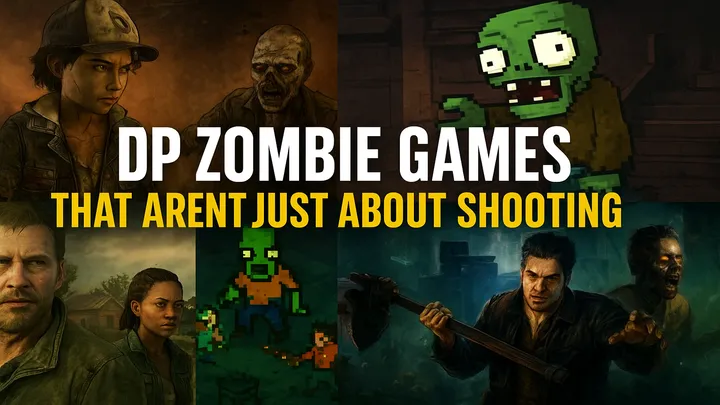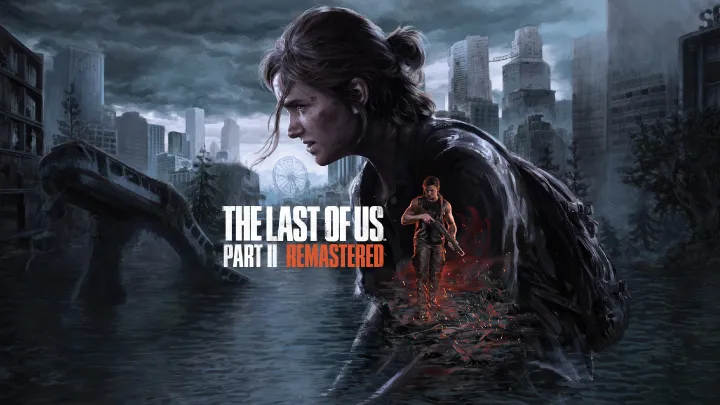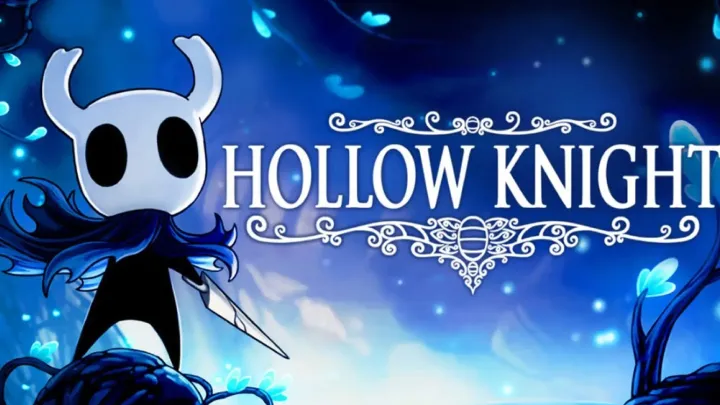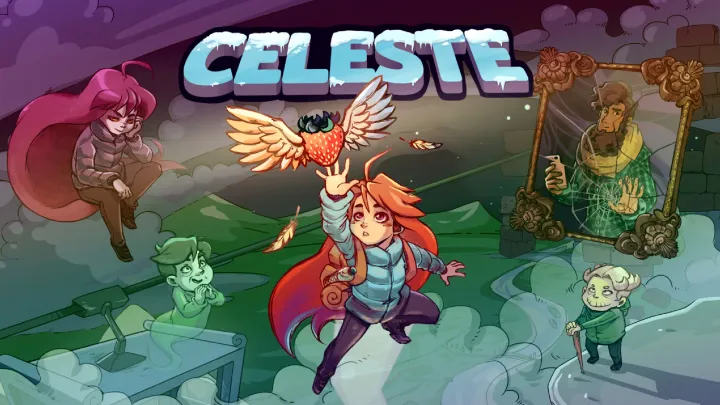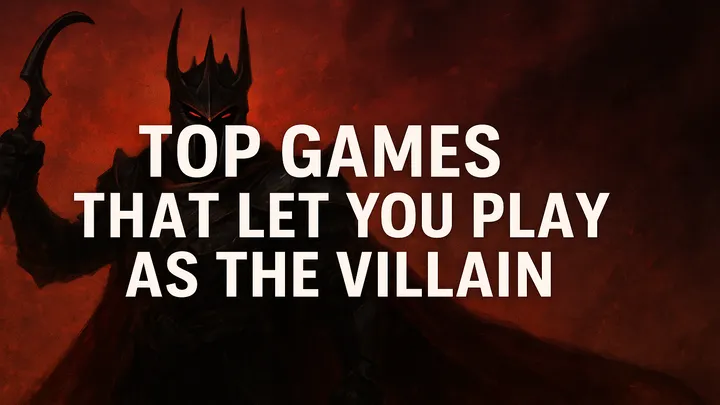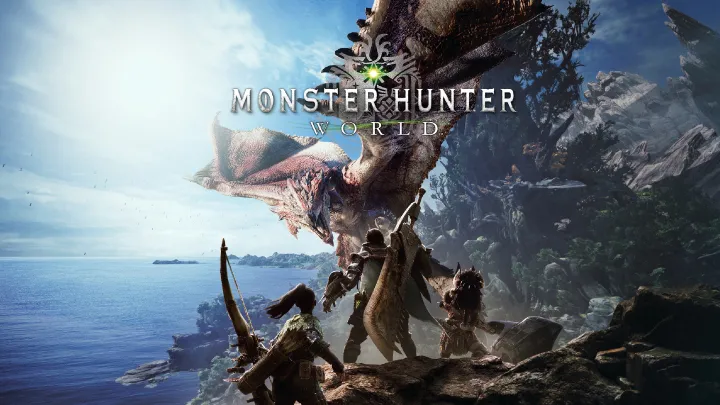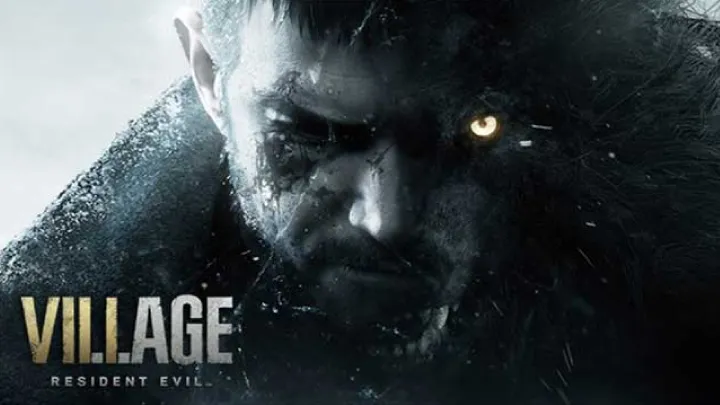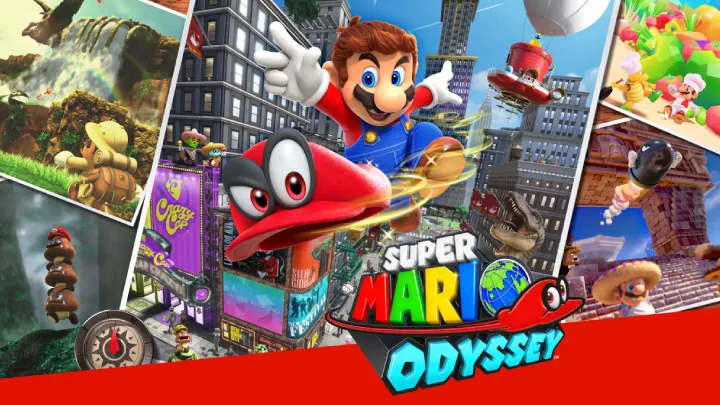Valorant has carved its place in the competitive FPS scene by combining the precision gunplay of classics like Counter-Strike with the hero-based abilities of modern games. Developed by Riot Games, it is more than just a shooter—it is a psychological battlefield where teamwork, communication, and strategy often matter more than raw aim. Its design thrives on tension, forcing players to balance individual mechanics with team coordination.
The Core of Tactical Shooting
At its foundation, Valorant rewards accuracy and control. Weapons are unforgiving, recoil patterns must be mastered, and a single headshot can decide a round. Unlike arcade shooters, every movement and decision matters. This level of precision makes each match feel like a chess game played at lightning speed, where mistakes are punished but smart plays are celebrated.

The Role of Agents and Abilities
What sets Valorant apart from its peers is its roster of Agents, each equipped with unique abilities. These powers range from smoke screens and walls to reconnaissance drones and devastating ultimates. They add layers of strategy, ensuring that knowledge of abilities is as important as good aim. However, abilities are not designed to overshadow gunplay; they complement it, creating a balanced dynamic where creativity and coordination can turn the tide of battle.
Teamwork and Communication
Valorant thrives on team dynamics. A well-coordinated squad can dominate even against players with superior aim. Clear communication about enemy positions, economy management, and strategy execution often determines the outcome of matches. The pressure of relying on teammates mirrors real-world cooperation: trust must be built, and frustration often emerges when it breaks down. This balance between unity and conflict defines the game’s psychological tension.

The Mind Game of Strategy
Every round is a mental duel. Attackers plan site executions while defenders anticipate and counter. Economy management—deciding when to buy weapons or save—adds another layer of depth. Bluffing, fakes, and baiting are just as important as gunfights. This interplay creates a dynamic where winning is not only about aim, but also about outsmarting opponents under pressure.
The Pressure of Competition
Valorant’s ranked system intensifies the stakes. The climb through ranks is both addictive and stressful, with each match representing progress or setback. Psychological resilience becomes crucial, as tilt and frustration can destroy team morale. For many players, mastering emotions is as challenging as mastering weapons.
The Esports Factor
Riot Games has invested heavily in Valorant esports, making it a global phenomenon. Professional play showcases the game at its highest level, where strategy, coordination, and skill are pushed to the limit. For casual players, watching pros provides both inspiration and intimidation, reinforcing Valorant’s identity as a highly competitive and evolving game.
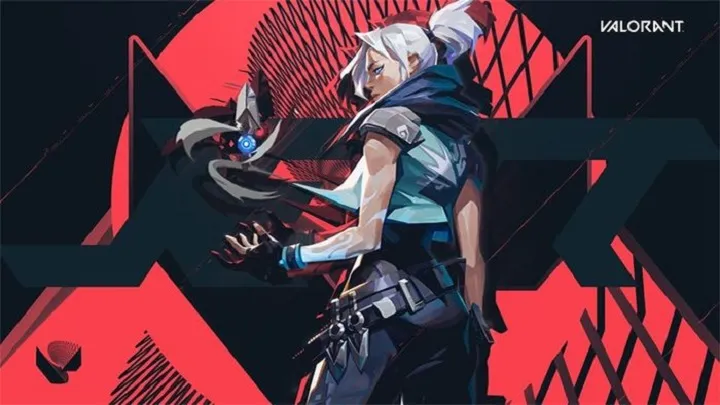
Pros and Cons
Pros:
- Tight, skill-based gunplay with strategic depth
- Unique Agents add creativity without overshadowing shooting mechanics
- Strong emphasis on teamwork and communication
- Growing esports scene with global recognition
Cons:
- Steep learning curve for new players
- Reliance on teamwork can frustrate solo players
- Matches are long and demanding, not ideal for quick play
Conclusion
Valorant is not just about shooting—it is about thinking, adapting, and working together under pressure. Its fusion of precise gun mechanics with tactical abilities creates a unique balance that rewards both skill and strategy. Whether climbing ranked ladders, competing in tournaments, or casually playing with friends, Valorant constantly challenges players to improve not only their aim but also their mindset. In the world of tactical shooters, it stands as both a test of skill and a mirror of teamwork, where victory belongs to those who can trust their instincts and their allies.









